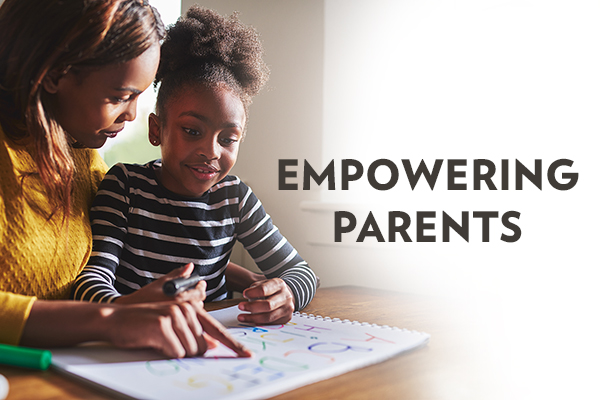Media

Researchers Give School Choice an A+
Governor Wolf has declared all-out war on opportunity for Pennsylvania students, seeking to cap charter school enrollment and limit charter school expansion. He says charters are “too expensive” and lack accountability. He has also vetoed the expansion of tax credit scholarships so students can transfer to private schools, saying our priority is “educating every child through our public-school system.”
The evidence shows he’s completely wrong.
Access to charters and tax credit scholarships benefits families and makes communities stronger, as a recent study of private and charter outcomes from EdChoice demonstrates. When it comes to the benefits of school choice, the math checks out—and Wolf needs a tutoring session.
The report 123’s of School Choice is a collection of more than 140 empirical studies of school choice programs from across the 50 states. The report reveals a wide range of personal and community benefits from these programs—and overwhelmingly positive results in each category.
- 11 of 16 studies indicate that the longer students utilize school choice programs, the larger the increase in test scores.
- 4 of 6 studies show a higher graduation rate and university enrollment for students who either used scholarships or won a charter lottery to attend a private school of their choice.
- 26 studies unanimously show parents have high satisfaction with schools they get to choose.
The benefits of school choice programs extend to the greater community as well:
- 6 of 7 studies indicate that school choice programs promote some of the most effectively integrated schools, with high levels of racial and ethnic diversity.
- 24 of 26 studies state that charters place pressure on local public schools to do better. When an accessible charter school is present, public school test scores rise.
- 45 of 50 studies show that public schools experience a net savings when students decide to attend local private schools.
Charter schools are some of the state’s most diverse and pioneering institutions, educating over 140,000 students. And over 40,000 scholarships per year help students escape failing public schools and attend private schools that are a better fit.
And the evidence is clear that parents are clamoring for these options. Access to educational choice in Pennsylvania leaves parents very satisfied because alternative schooling options provide benefits that conventional schools lack.
School choice works. But parents shouldn’t have to use data to justify their choices. Parents know better than any test scores what works best for their children. Students and their communities thrive when individual choice is available. Expanding—not limiting—the opportunities for students to attend the school of their preference should be our priority in the commonwealth.